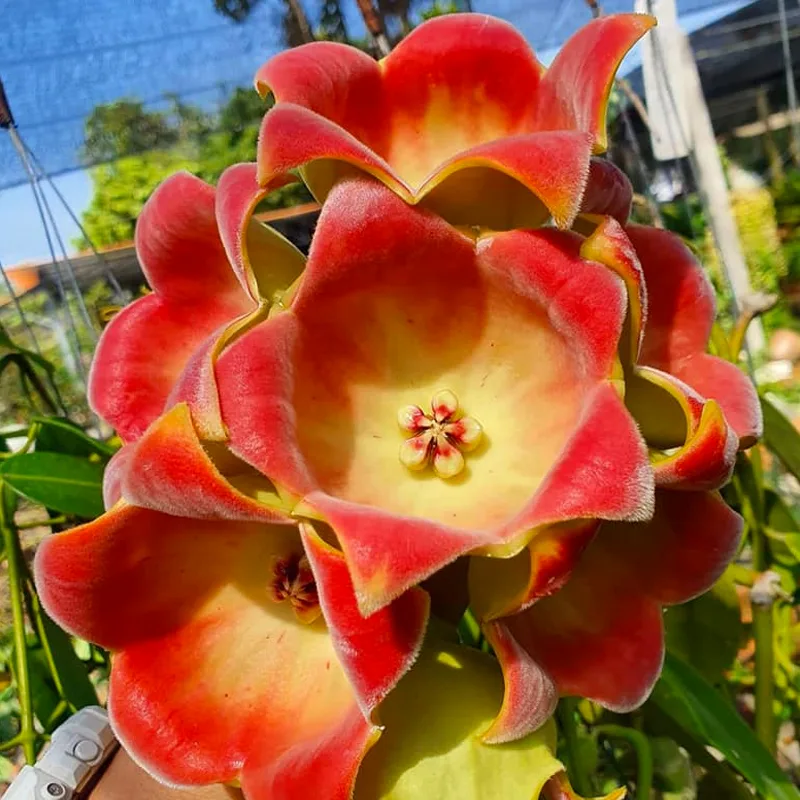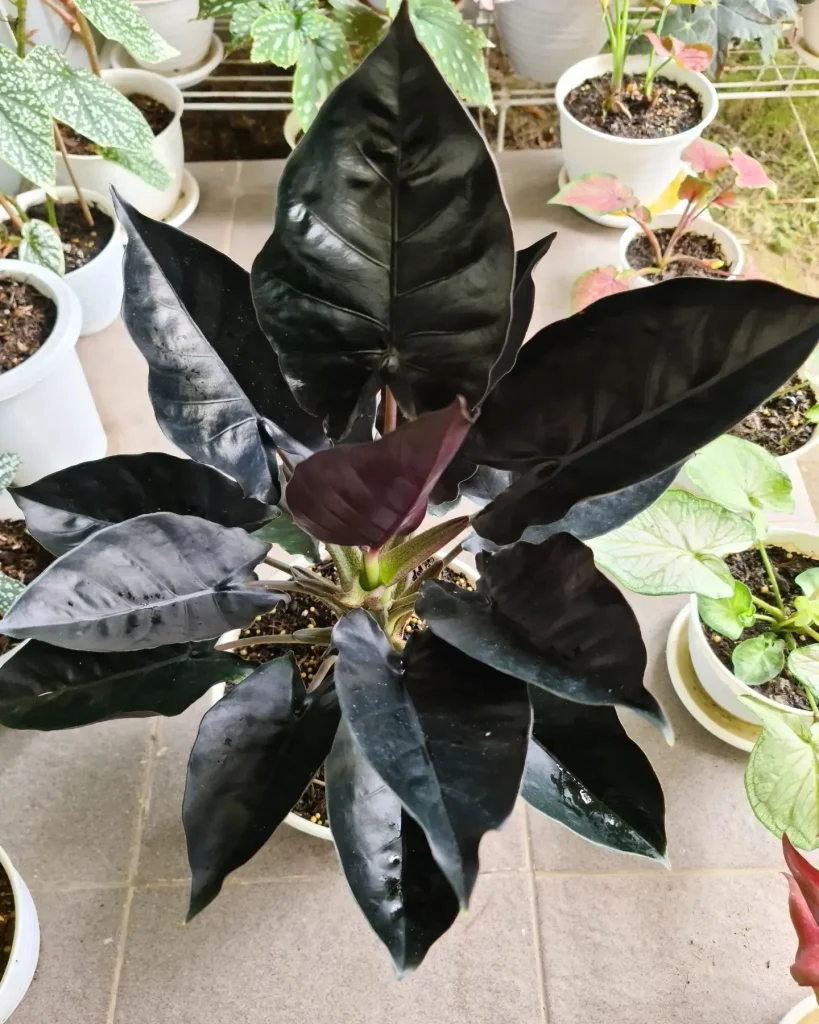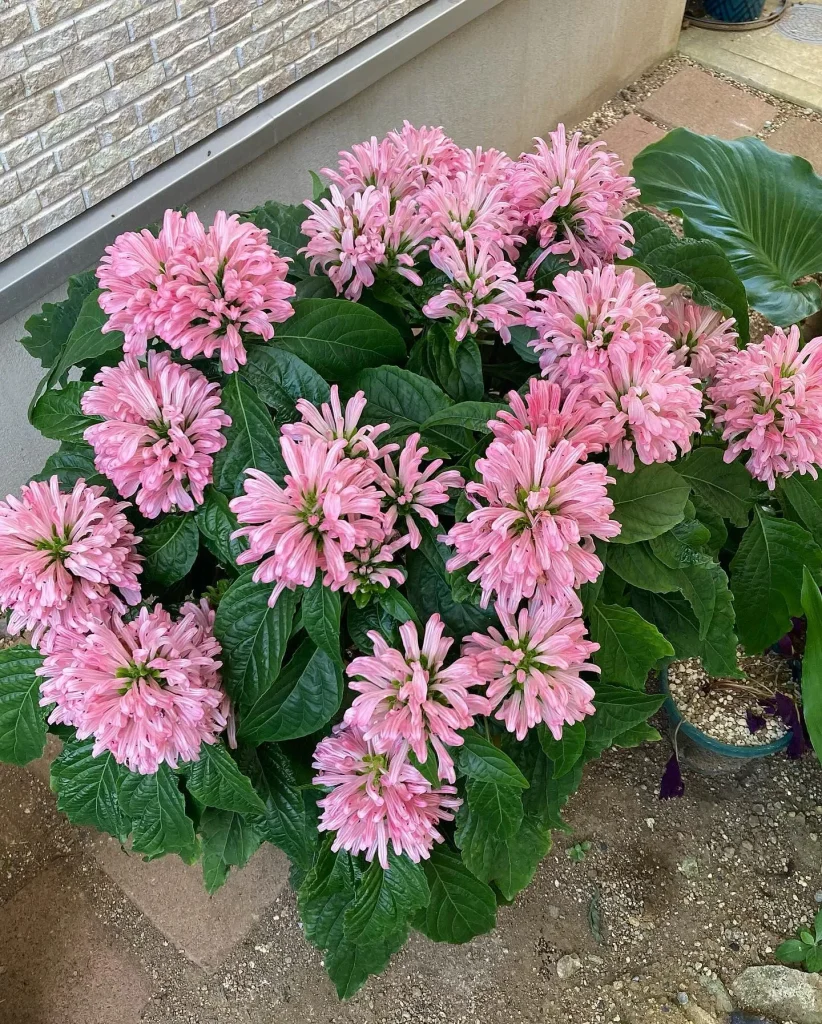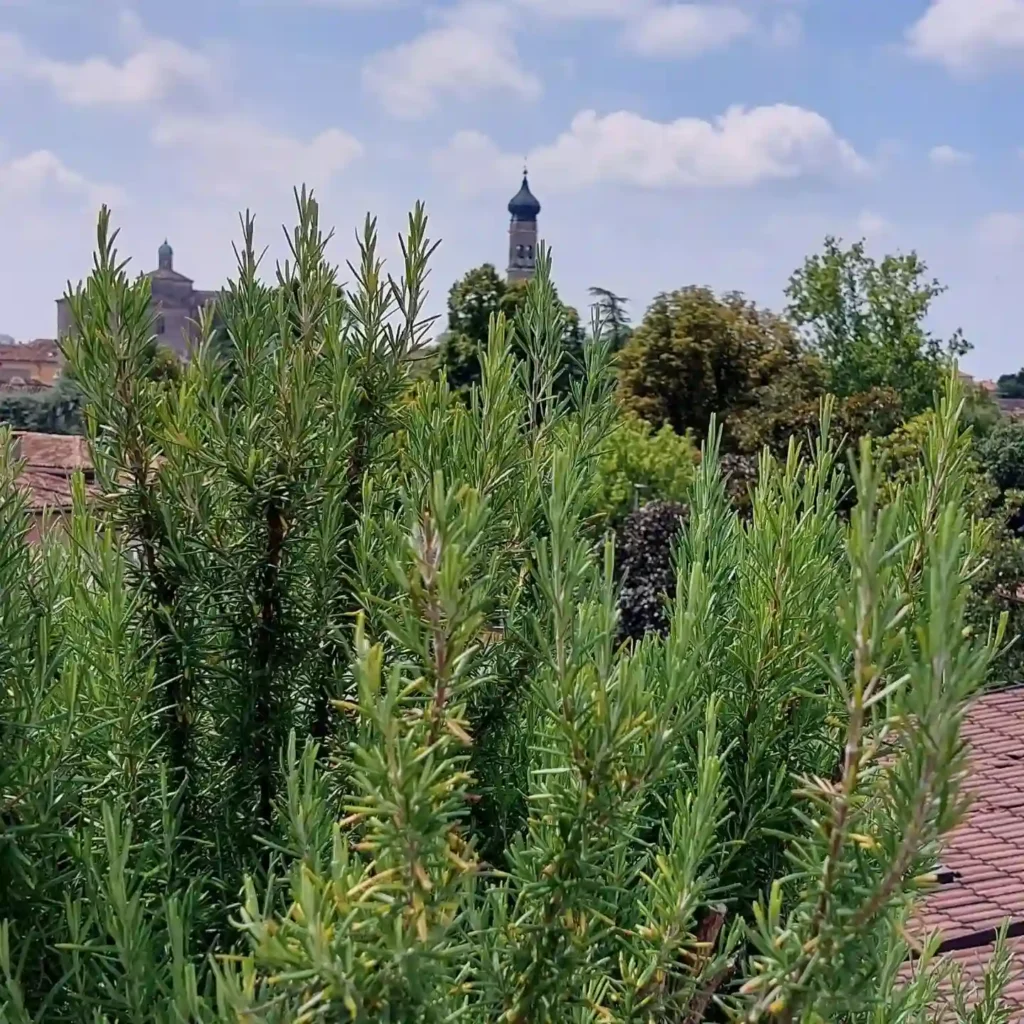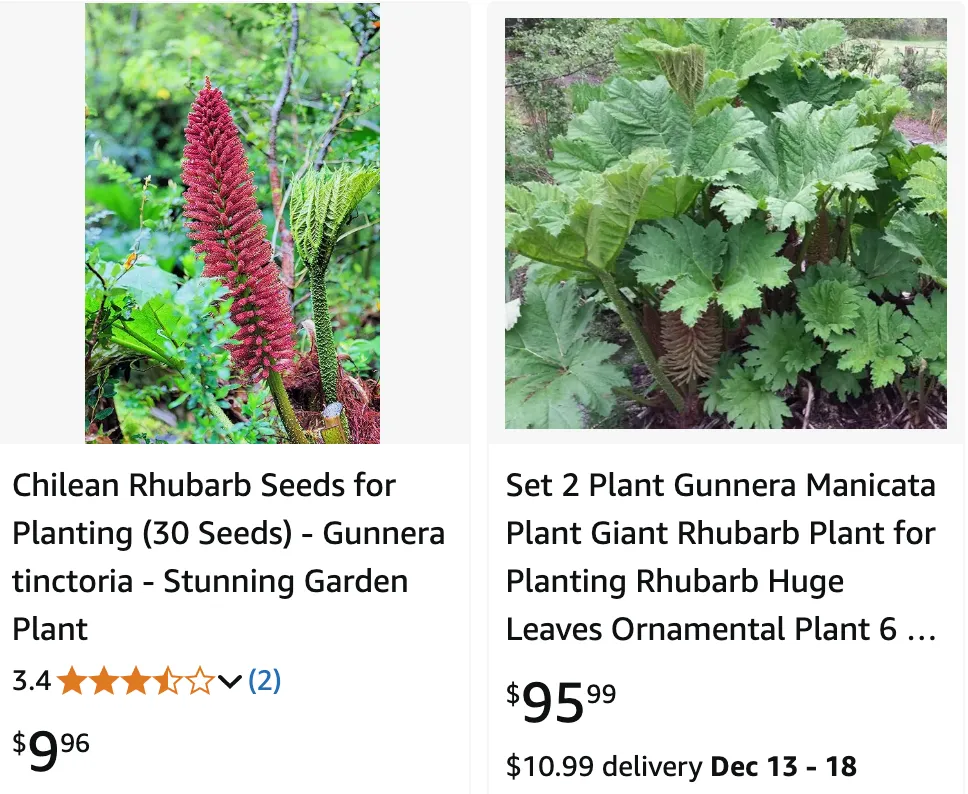
September 25 – Gunnera
"Gunnera, the giant rhubarb, defines September 25."
Gunnera symbolizes strength and grandeur. You make a bold impression, standing out in any crowd. Like its massive leaves, your presence is awe-inspiring.
Exploring the Fascinating World of Gunneraceae: The Gunnera Genera
The Gunneraceae family is a remarkable group of plants, with Gunnera as its sole genus. As a plant enthusiast, I find myself drawn to these unique plants for their impressive size and striking foliage. In this article, I’ll share my insights and experiences with Gunnera, exploring its characteristics, cultivation, and the allure it holds for gardeners and nature lovers alike.
Understanding the Gunnera Genera
Gunnera is a genus of perennial plants commonly found in wetlands and along riverbanks. These plants are native to the Southern Hemisphere, particularly in regions like South America, New Zealand, and Madagascar. One of the most well-known species is Gunnera manicata, often referred to as the giant rhubarb. The first time I encountered Gunnera was at a botanical garden, where the immense leaves caught my eye.
The foliage can grow to impressive sizes, reaching up to three feet in diameter. Their bold, deeply lobed leaves create an eye-catching feature in any garden. I was fascinated by the contrast they provide against other plants, adding a tropical feel to my garden space.
Unique Characteristics of Gunnera
One of the standout features of Gunnera plants is their size. They are often considered among the largest herbaceous plants in the world. Their leaves, resembling those of a giant rhubarb, can create a lush and dramatic landscape. The stems can reach several feet in height, giving these plants a presence that is hard to ignore.
In addition to their physical attributes, Gunnera plants are quite resilient. They thrive in moist, shady environments, making them suitable for a variety of garden settings. I’ve noticed that they prefer rich, organic soil, which helps them flourish. The foliage also plays a role in their survival, providing shade and retaining moisture in their native habitats.
Cultivating Gunnera in Your Garden
If you’re considering adding Gunnera to your garden, there are a few key things to keep in mind. First, choose a location that mimics their natural habitat—think moist and shaded areas. I found that planting them near a pond or a water feature not only provides the necessary humidity but also enhances their beauty.
When planting, ensure that the soil is rich in organic matter. Adding compost or well-rotted manure can significantly improve soil quality. I often dig in plenty of compost before planting, as it gives the Gunnera a good start. Once established, they require minimal care, but regular watering is essential, especially during dry spells.
Gunnera also spreads quite aggressively. While this can be a desirable trait for creating a lush, tropical look, it’s important to monitor their growth. I’ve found that keeping them contained in a specific area helps manage their spread without detracting from their visual impact.
The Allure of Gunnera in Landscaping
What draws me to Gunnera is its versatility in landscaping. These plants can serve as stunning focal points, providing a unique contrast to flowering plants. In my garden, I’ve paired them with ferns and hostas, creating a rich, layered effect. The large leaves of Gunnera create a perfect backdrop, allowing other plants to shine.
Moreover, Gunnera can be a fantastic addition to a wildlife garden. The dense foliage provides habitat and shelter for various insects and small animals. I’ve noticed an increase in the diversity of wildlife visiting my garden since I introduced these plants.
Common Pests and Diseases
Like any plant, Gunnera is not without its challenges. One of the most common issues is fungal diseases, especially in overly damp conditions. I’ve learned to keep an eye out for signs of rust or mildew, as these can spread quickly. Proper spacing between plants and good air circulation can help mitigate these problems.
Additionally, slugs and snails are notorious for munching on Gunnera leaves. I’ve found that regular monitoring and using organic slug bait can help keep these pests at bay.
Conclusion
The Gunneraceae family, with its singular genus Gunnera, has a lot to offer for any garden enthusiast. From their impressive size to their unique foliage, these plants bring a tropical flair and vibrancy that is hard to replicate. My experiences with Gunnera have been overwhelmingly positive, making them a must-have for any garden.
Whether you’re looking to create a lush landscape or enhance your wildlife garden, Gunnera deserves a place in your planting plans. Their beauty and resilience can transform any space, making them a favorite in my gardening endeavors. If you have the right conditions, I highly recommend giving Gunnera a try; you won’t be disappointed.
If i die, water my plants!
